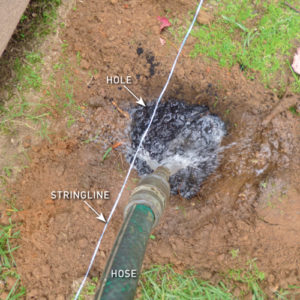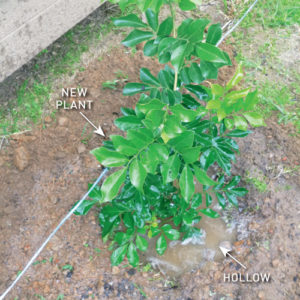How To Plant A Hedge
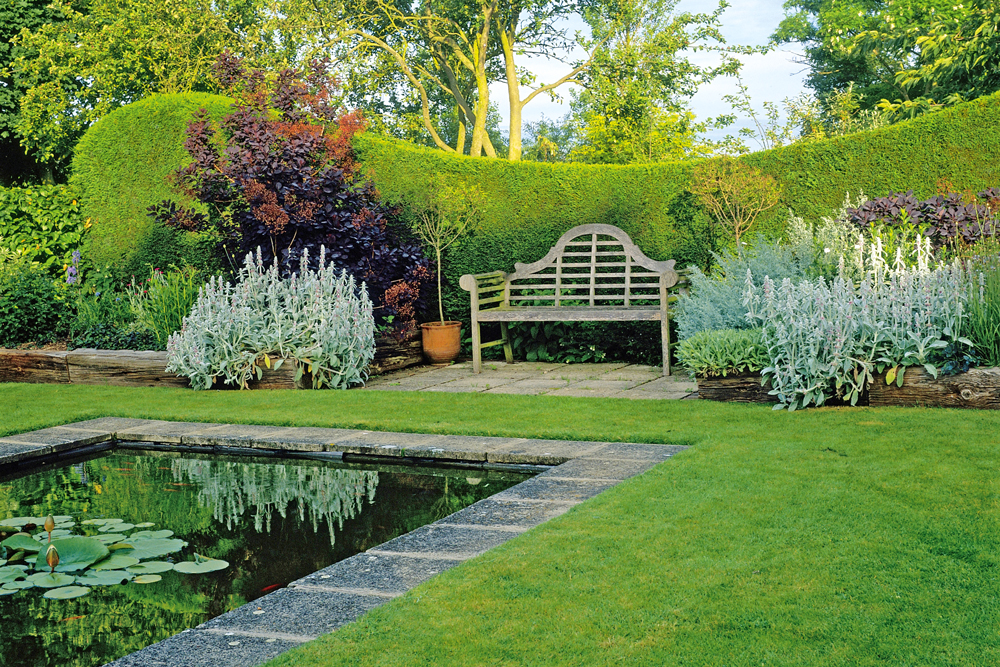
Branch out by planting a living boundary wall as a cost-effective, easy-to-maintain alternative to a fence
Hedges can be grown from a multitude of shrubs and used for screening, defining areas of the garden or creating formal spaces. They can be clipped into various shapes or left to grow naturally.
Deciding which plant to use really depends on the required purpose, but look for varieties that have a dense growth habit.
Types with small leaves on short stems, foliage all the way to the ground and ones that sprout bushy growth after pruning make an effective barrier.
Other things to consider when choosing a suitable hedging plant is the colour of the foliage and the flowers, the maximum height and width it will reach, the speed of growth and the growing conditions.
TIP To grow a hedge, space the plants about a quarter of their maximum growing width apart. So if they grow 2m wide, plant them 500mm apart.
Plant a hedge
This raised deck felt a little exposed, so a murraya hedge was planted to create a cosier ambience.
Murraya is a great hedging option, with its dense twiggy habit and small dark-green glossy leaves similar to box.
Creamy white flowers are displayed in the warmer months and fill the air with the scent of orange blossom.
It grows rapidly, so the deck will be surrounded by a tidy border in a year or two.
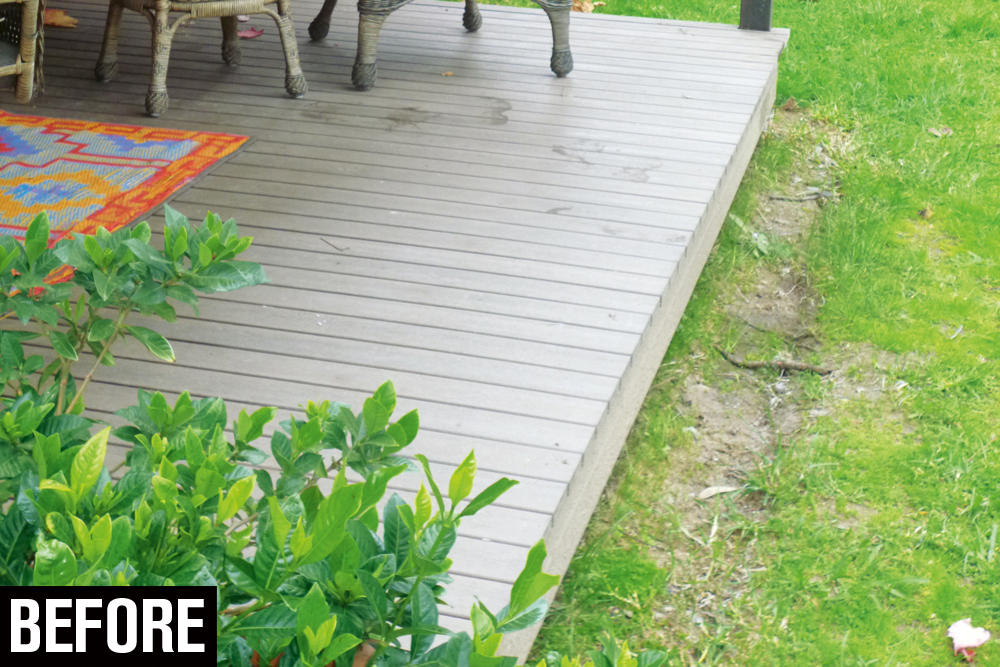
This raised deck felt a little exposed, so a murraya hedge was planted to create a cosier ambience
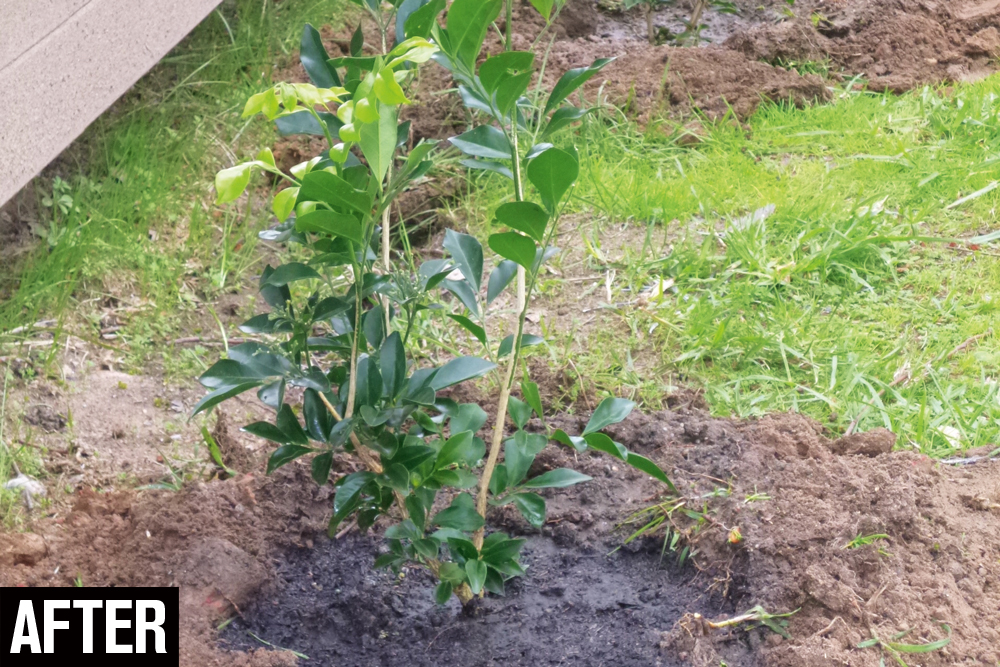
Quick-growing murraya is the perfect border for this open deck
Prune to shape
The uneven V-shaped growth of this murraya means that it needs to be clipped before it is planted. If left unpruned, it will become stalky and there will be bare patches.
Cutting off the top half of the longer stem so it is level with the shorter one will make the bush grow denser, and consistent pruning will ensure it thickens up.
To encourage the young plants to become even denser as they grow, you can pinch out the tip of each new shoot by hand.
Keeping your hedge in shape will require seasonal maintenance. It’s not recommended to trim an even hedge without using a guide, as you’ll find it most likely won’t be straight when you step back from the hedge to check.
Instead, tie a stringline at the desired height and use that as a guide. If the hedge is long, the stringline will sag, so add a few uprights to keep the height consistent. Check for accuracy with a spirit level.
The right tools will make the job much easier. Use a large hedge trimmer to trim the hedge, switching to a handheld trimmer for any hard-to reach or tricky sections.
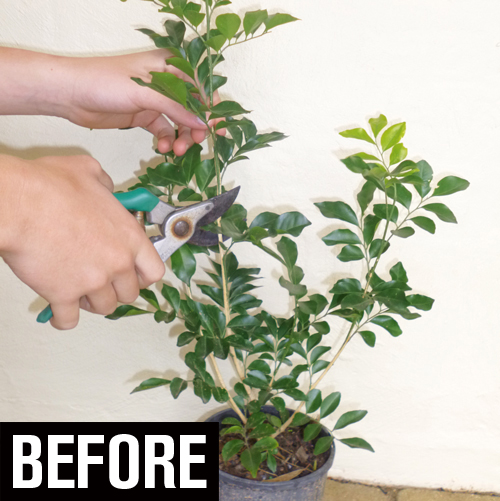
The uneven V-shaped growth of this murraya means that it needs to be clipped before it is planted
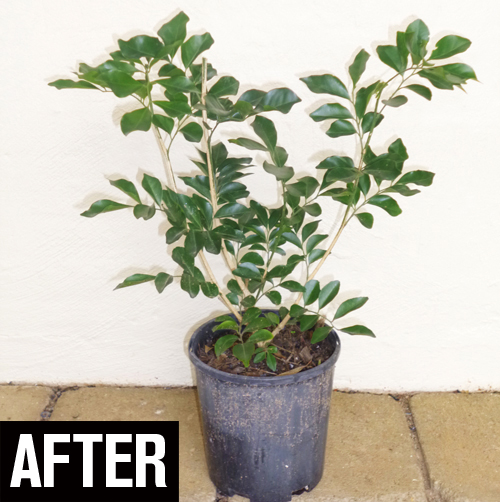
Trimming the stems helps the plant grow evenly and thicken up
How to plant a hedge

